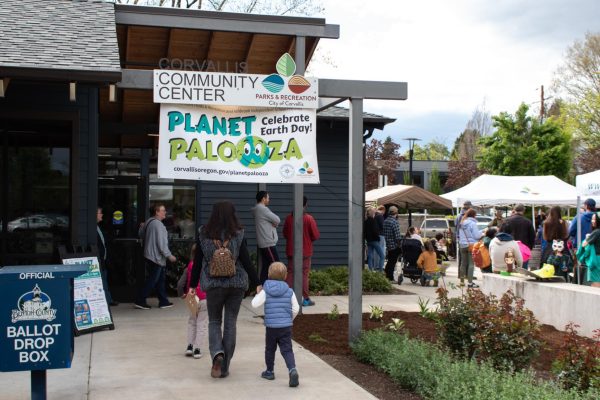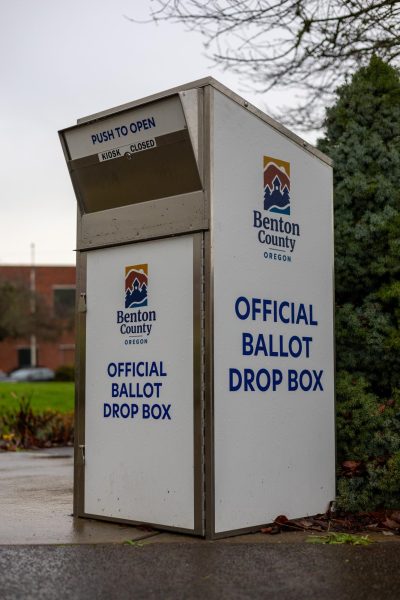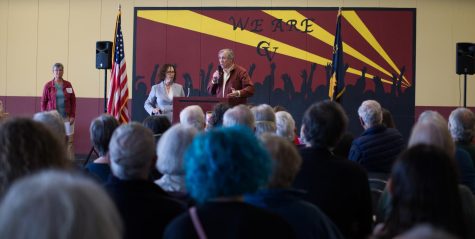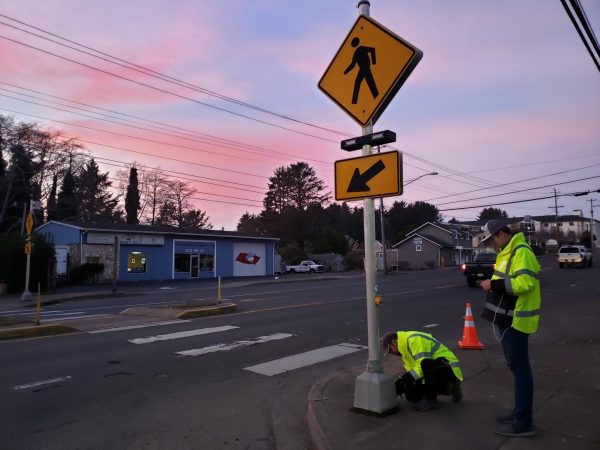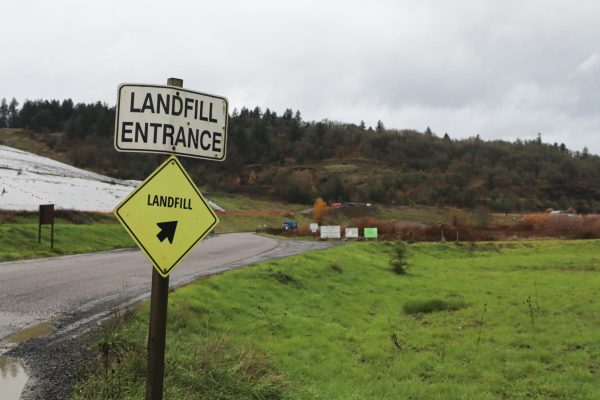Corvallis shelters adapt to winter months, COVID-19
November 18, 2020
With COVID-19 still spreading, homeless shelters have had to make adaptations to their original operations because as temperatures drop and more rain comes in, concerns about the homeless population continue to rise.
There are numerous new challenges facing the homeless in the winter. The Unity Shelter and Corvallis Men’s Shelter provide overnight housing in limited capacity, while the Corvallis Daytime Drop-in Center provides daytime services along with various other organizations.
“When it gets very cold outside, people are in danger of getting sick and getting hypothermia,” said Jill McAllister, the president of the Unity Shelter’s board of directors.
Due to minimal sheltering, temperature drops exacerbate the issues facing the homeless.
“The majority of them are in tents,” said Harry Reich, the manager of the Corvallis Men’s Shelter. “If their tent gets wet or their sleeping bag gets wet, then it becomes a real issue to stay warm and dry.”
In the winter, the homeless need indoor day spaces to dry off, but COVID-19 has made indoor spaces unsafe. The Daytime Drop-in Center currently runs through an outdoor walk-up window with only volunteers and staff allowed inside. In the afternoon and by appointment, a few homeless individuals can enter the building for socially distanced consultations.
“The current challenge [with] COVID-19 is literally the problem of no day space for folks to get in and out of the weather,” said Allison Hobgood, the executive director of the Corvallis Daytime Drop-in Center.
COVID-19 has specifically cut the capacity of multiple sheltering spaces, leaving many of the homeless to live in camps without real shelter. According to Reich, the Men’s Shelter night time capacity has been reduced from 50 people to 15.
“When COVID-19 shut things down in March last year, we had to shut down the shelter season early and move it to an outdoor operation,” McAllister said.
Outdoor operations consist of hygiene stations, supply handouts at the Daytime Drop-in Center and homeless camps. Still, outdoor operations present their own issues, such as difficulty of operation and organization.
“It’d be nice if we could find a place where we could have permanent camping setup that was monitored and taken care of,” Reich said. “Right now they’re spread all over town.”
Currently, community tents are set up around the shelter, but can also be found in various locations around Corvallis. COVID-19 has limited large gatherings, creating a lack of community and proper shelter, which can worsen other problems faced by the homeless.
“If you can imagine spending multiple days outside when you’re wet, and in the evenings the temperature drops below 30 degrees, that would very much take a toll on your mental health,” Hobgood said. “To let people come in and be together and hang out that’s a fundamental part of our mission and that absolutely has been impossible.”
COVID-19 hasn’t just affected indoor sheltering operations, but also how local service organizations can reach out to the homeless.
“Because of COVID-19, the mental health people aren’t allowed to go out and do as many things,” Reich said, “So it’s harder to get help for [the homeless].”
According to endhomelessness.org, from 2014 to 2019, Oregon saw an increase of over 3,500 homeless persons. COVID-19 has caused economic hardship among the population, which may contribute to this number growing in the future.
“Where I get particularly concerned, is that I think as the virus goes on, and we see economic fallout from this,” Hobgood said. “That more folks are gonna be coming into poverty, or losing their apartment, or potentially living in their car. So, even as we are able to open up pandemic-safe ways for people to be safely sheltered both during the day and the night, we are going to see a growing number of folks who are coming into the experience of homelessness.”
While the future is uncertain, local service providers like the Unity Shelter and the Daytime Drop-in Center offer hope for the future by providing access to healthcare, hygiene stations, clothing, food, overnight care and micro shelters. Micro shelters are small, single occupant living spaces with heating, bedding and electricity that provide temporary housing for the homeless.
Hobgood noted that while COVID-19 and the winter present new challenges, there are pathways forward, starting with breaking down the stigma around homelessness.
“There’s not one way to understand the experience of being homeless,” Hobgood said. “I think just sort of remembering the specificity of each person, of each human being that might be experiencing it at this moment 一 being unhoused, goes a long way to destigmatizing the image of a homeless person.”

















































































































